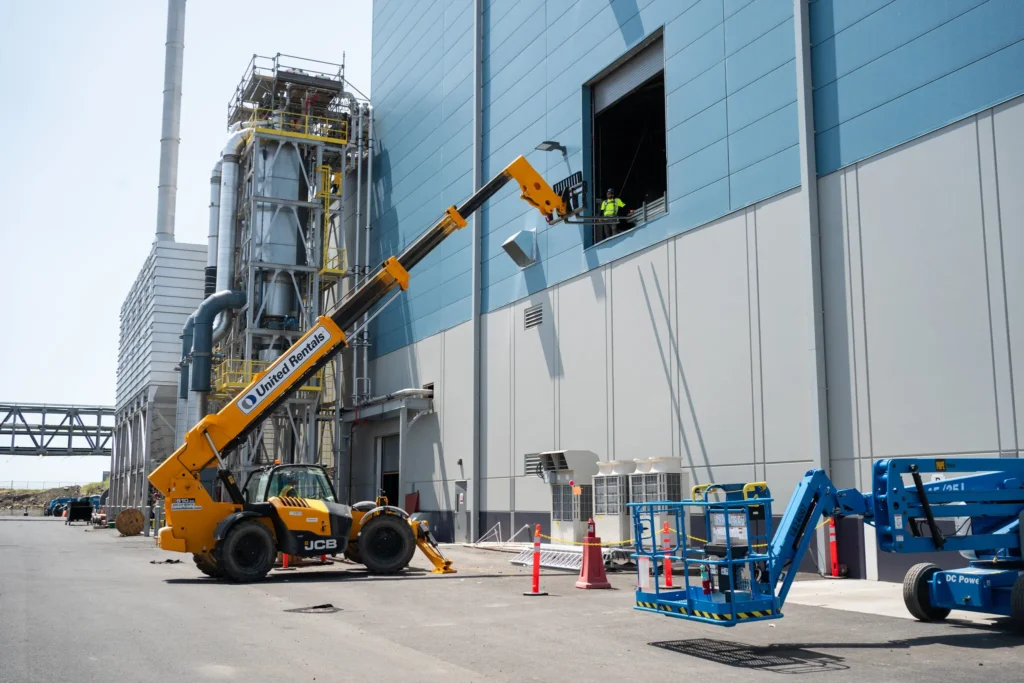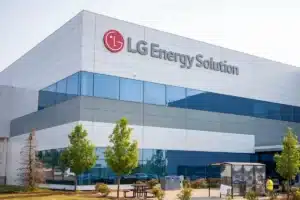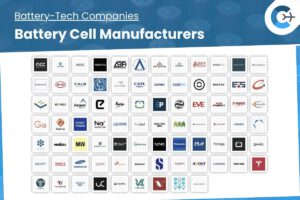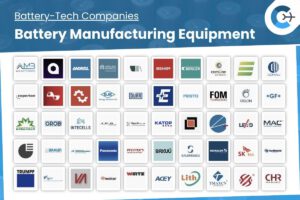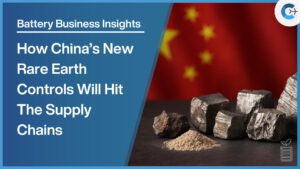Battery manufacturing in the United States saw rapid growth after Congress and the Biden administration introduced substantial incentives. However, recent trade and tax proposals advanced by the Trump administration and Republican lawmakers are causing industry players to slow or reassess planned investments. For example, Group14 Technologies has paused construction of its battery materials factory in Moses Lake, Washington, after Chinese customers declined to absorb higher duties imposed by tariffs.
Companies from South Carolina to Washington State report that rising trade barriers with China are disrupting established supplier-customer relationships, leading to delays in new cell and component production facilities. At the same time, Republican proposals aim to bar firms with Chinese ties—or those using Chinese technology or raw materials—from accessing federal tax credits intended to support domestic battery manufacturing.
The sector is also contending with a cooling electric vehicle market, which has drawn criticism from Republican officials and former President Trump. Provisions in the House-passed domestic policy bill would impose strict conditions on battery producers engaging with Chinese entities, potentially hampering operations for many companies. Given that China supplies the majority of key battery components and dominates global battery production, industry observers say these policies create a strategic quandary: the United States must reduce dependence on Chinese imports yet may struggle to scale a homegrown battery supply chain without some level of collaboration.
According to The New York Times, the bill’s China-related restrictions—part of legislation passed by the House on June 16 and updated on June 23—highlight the complex balance between national security objectives and the practical realities of the global battery industry. Analysts warn that a hard decoupling from Chinese suppliers could slow U.S. efforts to expand battery manufacturing capacity and meet growing domestic demand.
Source: The New York Times

